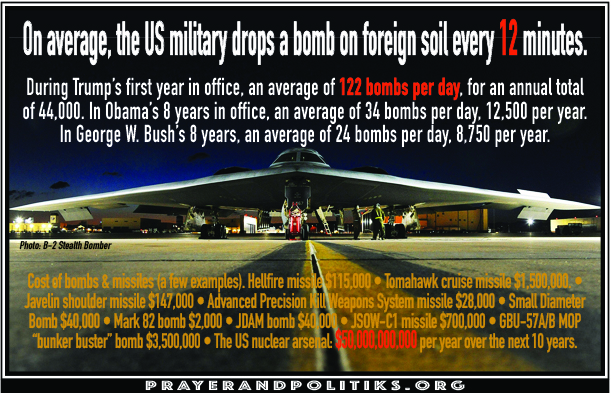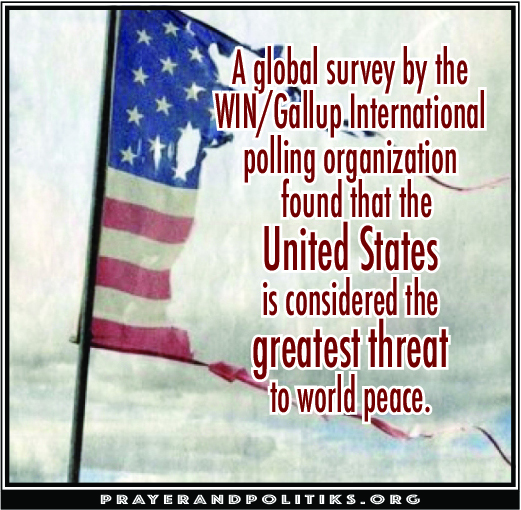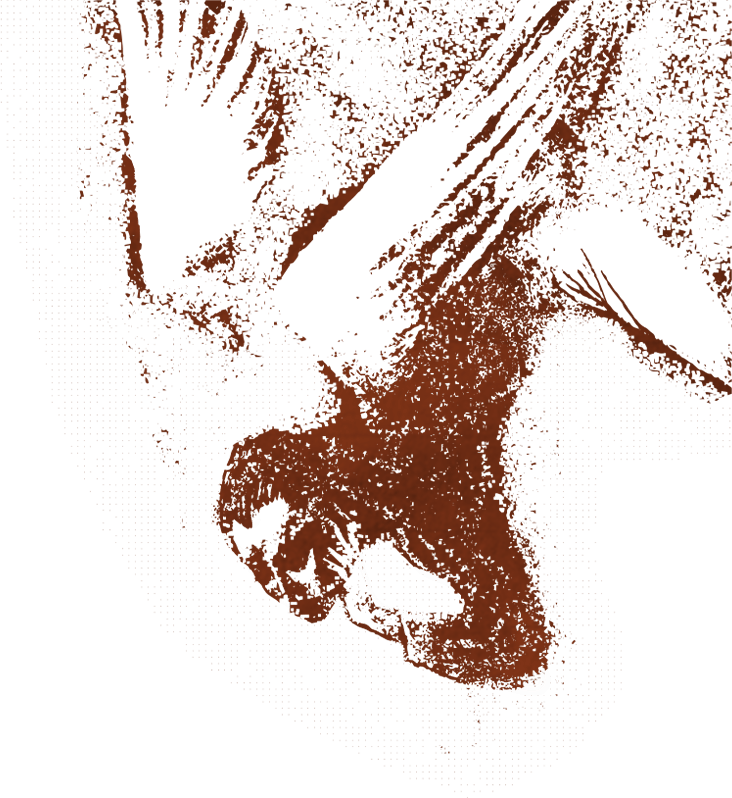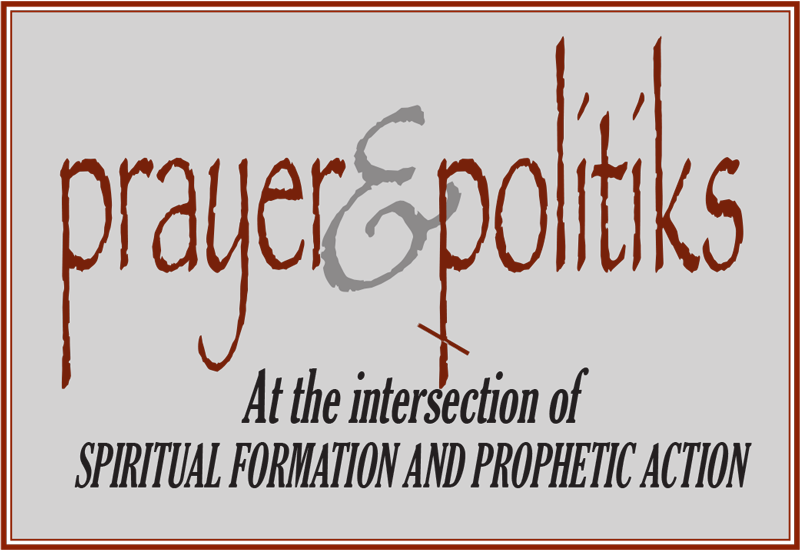by Ken Sehested
Veterans Day doesn’t lend itself to commercial attention like its twin, Memorial Day, probably because it’s squeezed between two other cash-registering holidays, Halloween and Thanksgiving, and it does not coincide with a car-cultural observance like the Indy 500 auto race.
But it is a federal holiday, what was originally called Armistice (or Remembrance) Day, marking the cessation of World War I hostilities on the 11th month of the 11th day at the 11th hour in 1918.
called Armistice (or Remembrance) Day, marking the cessation of World War I hostilities on the 11th month of the 11th day at the 11th hour in 1918.
The “remembrance” is stirred by the poem, “In Flanders Field,” written by Canadian John McCrae, a Lieutenant Colonel during the war, from the point of view of the dead, early in that conflict before the war’s romanticism turned to disillusionment.
§ § §
In Flanders fields the poppies blow
Between the crosses, row on row,
That mark our place. . . .
§ § §
Here are four things people of faith should reflect on in this season.
1. The law of unintended consequences is never more apparent than in violent conflict.
World War I, begun in July 1914 between Austria-Hungary and Serbia, quickly spread to numerous other countries due to an interlocking series of alliances. The howls of purported dishonored national glory were provoked by precisely the kind of nationalist assertions favored by the current occupant of the White House’s West Wing.
It was all supposed to be over by Christmas. Instead, it escalated quickly. Given the imperial reach and extractive interests of numerous belligerent nations, soldiers from 28 different countries participated. Nations as far away from Europe as South Africa and Japan participated. And all of this started when a fervent Serbian nationalist assassinated the presumptive heir (and his wife) to the Austro-Hungarian throne.
It was unprecedented carnage. The first day alone of the Battle of the Somme resulted in over 70,000 casualties. By war's end on 11 November 1918, the final tally of vengeance for one assassination had claimed the lives of nearly 40 million combatants and civilians, many times over wounded. Add to that, eight million horses, mules, and donkeys were killed.
Furthermore, the war precipitated the Ottoman Empire’s Armenian genocide, which took the lives of another 1.5 million; and it was a significant factor in “the greatest medical holocaust in history,” the 1918 influenza outbreak, which took the lives of somewhere between 50-100 million people worldwide.
§ § §
. . . .and in the sky
The larks, still bravely singing, fly
Scarce heard amid the guns below.
§ § §
2. The Great War was the globe’s first industrialized war. The exuberance of humankind’s burst of scientific discovery in the late 19th century dramatically increased the capacity for mechanized killing. Machine guns, submarines, airplanes, and tanks were “force multipliers” (to use current military jargon).
To say nothing of the development chemical weapons—which, though not the most reliable killing apparatus, was far and away the most terrifying. Each of the major powers—France, Britain and Germany—used chemical weapons, though Germany’s use was the most significant. Th e US developed an even more effective chemical weapon, and sent a specialized chemical warfare unit to Europe; but the war’s end precluded their deployment.
e US developed an even more effective chemical weapon, and sent a specialized chemical warfare unit to Europe; but the war’s end precluded their deployment.
3. In 1954, in the heat of the Cold War’s hysteria, when “God” became the mascot of the “free” world over against the “godless” communists, Armistice (or “Remembrance”) Day was repurposed as “Veterans Day.” In so doing, the work of mourning and incantations resolving never-again were displaced by the celebration of martial prowess.
“Armistice Day was sacred. Veterans’ Day is not,” declared novelist Kurt Vonnegut, a World War II veteran and prisoner of war. “So I will throw Veterans’ Day over my shoulder. Armistice Day I will keep. I don’t want to throw away any sacred things.”
§ § §
We are the Dead. Short days ago
We lived, felt dawn, saw sunset glow,
Loved and were loved, and now we lie
In Flanders fields.
§ § §
4. Writers as far back as the Napoleonic Wars noted the sudden appearance of the red poppy on battlefields, but it was McCrae’s grief-inspired poem that highlighted the association.
That bit of verse led to the tradition, especially in the United Kingdom and several of its commonwealth allies, but also in the U.S., of wearing artificial flowers resembling red poppies as a symbol of mournful remembrance of the war’s incalculable suffering, along with the resolve to never again commit such atrocities. (The Allies advertised the fight as “The war to end all wars.”)
What we now know is that in soils like that of Flanders, a thin crust of alkaline is released when the ground is disturbed, as  happens with bombardment and grave digging. The soil becomes acidic, choking most growth. But poppies thrive in such war-spoiled botanical conditions.
happens with bombardment and grave digging. The soil becomes acidic, choking most growth. But poppies thrive in such war-spoiled botanical conditions.
The red poppy is not a floral triumph. Rather, it is the ground’s tear, resulting from the soil’s hemorrhage. It is a judgment lodged against the despoiling of earth’s fertility—and against all mortal “faith” requiring the blood of sacralizing violence as the price of “redemption.”
§ § §
Take up our quarrel with the foe:
To you from failing hands we throw
The torch; be yours to hold it high.
If ye break faith with us who die
We shall not sleep, though poppies grow
In Flanders fields.
§ § §
We are left to wonder if McCrae, when urging those who came after to “Take up our quarrel with the foe,” had any inkling of how rapidly foes would multiply.
# # #

